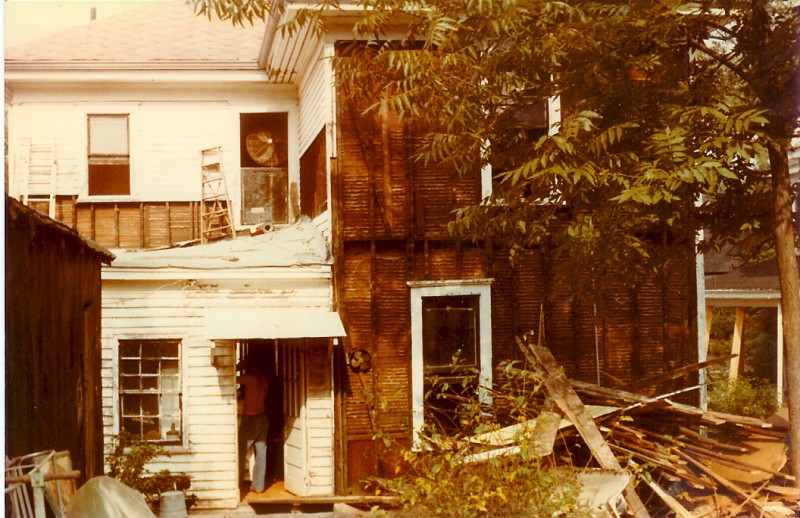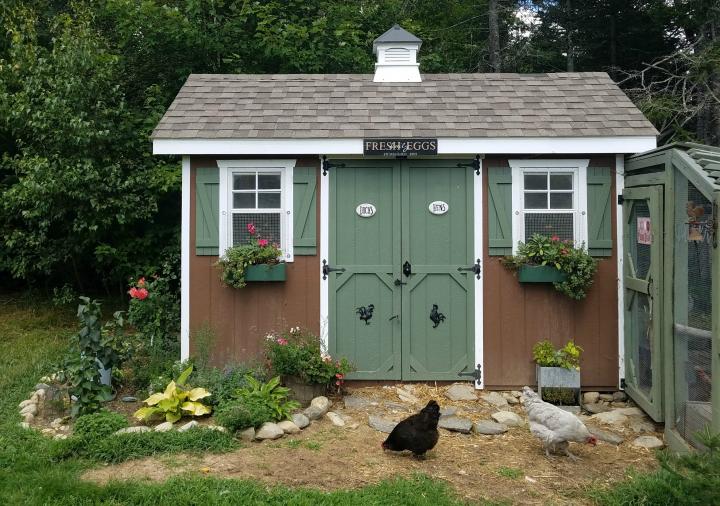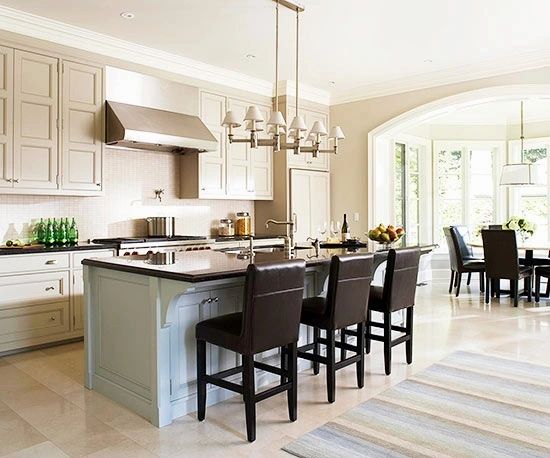There is something about old houses that is warm in many hearts. While many designers argue against home improvement embarking on a renovation project on an old home, there is an undeniable sense of nostalgia and quality that newer homes often lack.
If you are making a decision to buy an older home to renovate and decorate it, or if you have decided to make some upgrades to your current older home, there are many things to consider before swinging a hammer. Here are a few things to keep in mind.
Watch out for dangers
Older houses sometimes have nasty surprises in the walls. Before buying an old home for renovation or tearing apart the house you currently own, it is important that you get a thorough inspection. Not only can these surprises cost a lot of money when disturbed, but they can also be harmful to your health.
Mold removal This could be a necessary expense if your older home is not properly insulated. However, it is best to discover this problem and have it fixed. It wasn’t that long ago that asbestos was used regularly in construction. This may require removal or prevent you from disturbing certain areas in your home.
Note Time-related inconvenience
Construction practices and materials have evolved over time. While your home may not have asbestos in the walls, there are still several factors that can affect your skills and the materials you use. For example if your older house has plaster wallsThe techniques you use to maintain and care for when upgrading your environment are vastly different from those used for drywall work.
Plumbing, electrical and other fundamental aspects of the structure of your home also play a role if you want to rearrange things on a deeper level. Rather than taking a DIY approach to these type of renovations, it is important to have an older home expert on hand.
Manage your expectations
When renovating an old home, most people can expect to be over budget and time. Try to change your mindset to hope for the best but prepare for the worst. Better to get things right than to use shortcuts that will cause problems later.
Again, working with professionals who have both experience building and decorating older homes will help identify potential challenges before you begin.
Keep the vintage grandeur
From the perspective of interior design, older houses offer the opportunity to create a mix of the traditional and the new. Some of the older visual aspects of a room are worth keeping and incorporating into your design scheme. This adds an air of Authenticity, uniqueness and elegance when upgrading an older home.
Think of the various components as individuals rather than approaching a room with the attitude of cleaning the house. Sure, that orange shaggy rug and wood paneling may need to be removed, but an old light fixture may be able to be restored as an accent piece. Do not miss the opportunity to highlight the inner beauty of something because you see it as part of an overall picture.
Document everything
When remodeling an old house, be sure to take photos of everything. Not only should you have before and after photos for reference (and for bragging rights), you should also write everything down.
Write down what you want as a reference for all the professionals you work with. Make a note of the changes you made so that you can refer to them later if you have a problem later or if you want to sell your home. Keep everything in one central, accessible place.
Redesigning an older home can be a huge undertaking that can produce incredible results. Remember to contact professionals before making permanent changes.
 TopsDecor.com Home Decor Ideas
TopsDecor.com Home Decor Ideas







